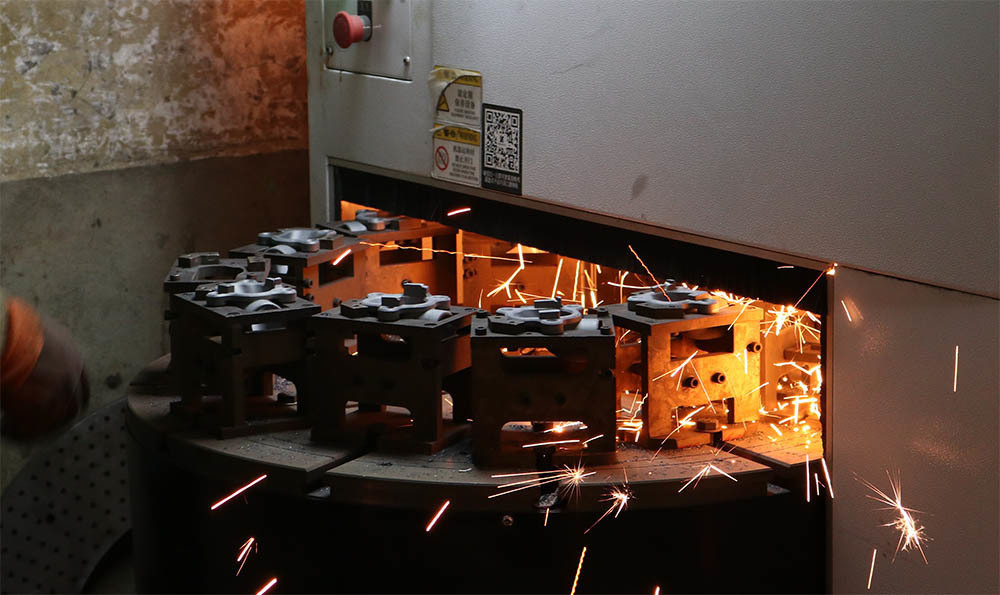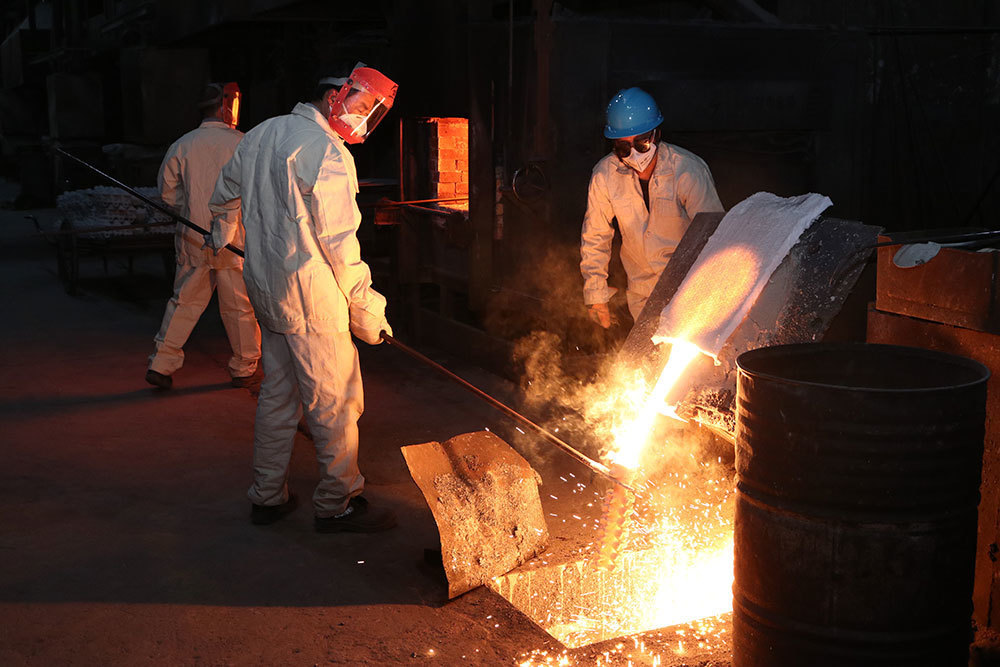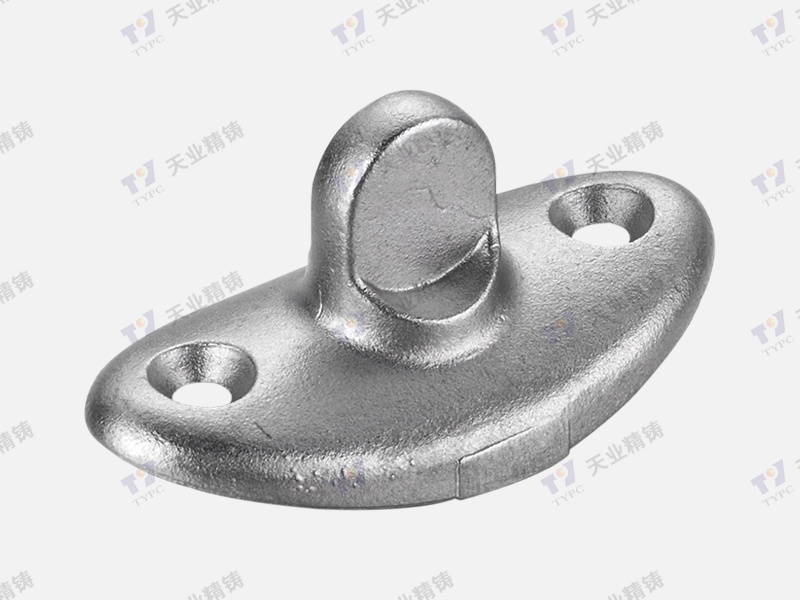2025-05-28
Understanding Auto Parts: The Role of Exhaust Cycle Castings in Industrial Equipment
In the realm of industrial equipment and components, the importance of high-quality auto parts cannot be overstated. One critical category of these components is exhaust cycle castings, which play a vital role in ensuring the effective functioning of various machinery and automotive systems. Exhaust cycle castings are primarily used in the automotive industry, but their applications extend to a variety of industrial machinery that relies on combustion engines.
Exhaust cycle castings are designed to withstand high temperatures and pressure, making them essential in managing emissions and ensuring proper exhaust flow. These castings are typically made from durable materials such as cast iron or aluminum, chosen for their thermal properties and strength. The manufacturing process often involves techniques like sand casting or investment casting, depending on the specific requirements for precision and finish.
The primary function of exhaust cycle castings is to facilitate the efficient expulsion of combustion gases, thereby improving the engine's overall performance. By effectively channeling these gases away from the engine, the castings help to reduce back pressure, which can otherwise hinder engine efficiency. This is particularly important in applications where performance and fuel efficiency are critical factors.
Additionally, advancements in technology have led to the development of exhaust cycle castings that not only enhance performance but also contribute to sustainability. Modern casting techniques allow for the creation of components that minimize waste and reduce emissions, aligning with global efforts toward more environmentally friendly industrial practices. As a result, companies are increasingly seeking innovative solutions that meet both performance standards and environmental regulations.
When selecting exhaust cycle castings for industrial applications, it is crucial for professionals to consider several factors. These include the material's heat resistance, the casting method used, and the specific performance requirements of the equipment. Collaborating with experienced manufacturers who understand these elements can lead to superior outcomes and increase the longevity of the components.
In conclusion, exhaust cycle castings are a fundamental part of the auto parts landscape within the industrial equipment sector. Their ability to enhance engine performance and contribute to sustainability makes them invaluable. As technology continues to evolve, the industry can expect further innovations that will improve the quality and efficiency of exhaust cycle castings, ensuring they remain a key component in the future of industrial machinery. Understanding their significance is essential for professionals looking to optimize their equipment and meet the demands of a changing market.
Exhaust cycle castings are designed to withstand high temperatures and pressure, making them essential in managing emissions and ensuring proper exhaust flow. These castings are typically made from durable materials such as cast iron or aluminum, chosen for their thermal properties and strength. The manufacturing process often involves techniques like sand casting or investment casting, depending on the specific requirements for precision and finish.
The primary function of exhaust cycle castings is to facilitate the efficient expulsion of combustion gases, thereby improving the engine's overall performance. By effectively channeling these gases away from the engine, the castings help to reduce back pressure, which can otherwise hinder engine efficiency. This is particularly important in applications where performance and fuel efficiency are critical factors.
Additionally, advancements in technology have led to the development of exhaust cycle castings that not only enhance performance but also contribute to sustainability. Modern casting techniques allow for the creation of components that minimize waste and reduce emissions, aligning with global efforts toward more environmentally friendly industrial practices. As a result, companies are increasingly seeking innovative solutions that meet both performance standards and environmental regulations.
When selecting exhaust cycle castings for industrial applications, it is crucial for professionals to consider several factors. These include the material's heat resistance, the casting method used, and the specific performance requirements of the equipment. Collaborating with experienced manufacturers who understand these elements can lead to superior outcomes and increase the longevity of the components.
In conclusion, exhaust cycle castings are a fundamental part of the auto parts landscape within the industrial equipment sector. Their ability to enhance engine performance and contribute to sustainability makes them invaluable. As technology continues to evolve, the industry can expect further innovations that will improve the quality and efficiency of exhaust cycle castings, ensuring they remain a key component in the future of industrial machinery. Understanding their significance is essential for professionals looking to optimize their equipment and meet the demands of a changing market.









